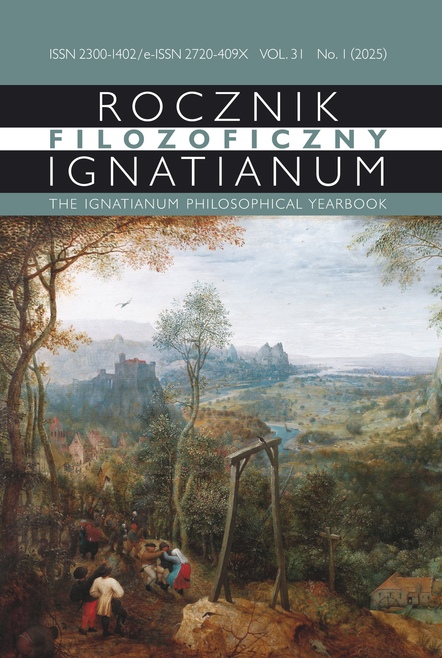No Reward?
Men of Letters in the Circle of the Court of King Sigismund Augustus
Abstract
More than a century of discussion has not resulted in a definition of “royal patronage” that does not raise any significant doubts, or even an agreement on what constitutes patronage activity in the 16th century. It did not bring, despite significant progress in research on the culture of Sigismund Augustus’ period and himself, a more balanced assessment of his relationship with men of letters based on a broad source base. In the period we are interested in, among the ways of taking care of men of letters, four such measures are particularly visible: employment in the royal chancellery or in the library, distribution of offices and property, ennoblement and admission to the table, and, in addition, trips to study, which do not involve positions at court and finally money paid to the creators. All of them can be identified in the activities of Sigismund Augustus. The ways in which the king influenced the career development and life opportunities of men of letters in his court environment, which are underestimated today, were well understood and appreciated by his contemporaries. Finding oneself next to the king among his courtiers, but more often the royal chancellery even if today they are reluctantly seen in terms of patronage was, as can be judged from the biographies of a large group of several dozen people who found royal support, expected, sought after and appreciated, and it seems that it was also a key stage and way of building a literary position. Moreover, in Poland of that period, but also later, the norm was the stage of cultural and social initiation taking place in court centers magnates or bishops, and preferably royal ones.
Copyright (c) 2025 Ignatianum University in Cracow

This work is licensed under a Creative Commons Attribution-NoDerivatives 4.0 International License.
The Yearbook only accepts materials for publication that are free of all conflicts of interest, and that in no way involve conflicts over authorship, copyright, etc. The Editors will take action against any cases of plagiarizing, ghostwriting1, guest/honorary authorship2, etc. Where co-authored work is concerned, the Author listed first is expected to take responsibility for the submission, and is required to make clear the contributions of all of the Co-Authors involved. In the event of the publication owing its existence to funding dedicated to this purpose, this fact should be made clear: e.g. in any note of thanks/acknowledgement, or in a footnote, etc. Explicit notification should be given of any form of reprinting, with the appropriate evidence of permission to publish being furnished as required. Any impropriety on the part of Authors/Reviewers risks exposing them to appropriate responses from the relevant institutions.
______
1 This term refers to instances of a person who has made an essential contribution being omitted from the list of authors, or from notes conveying gratitude and/or acknowledgement.
2 This occurs when a person who has made either an insignificant contribution or no contribution at all nevertheless appears on the list of authors.





